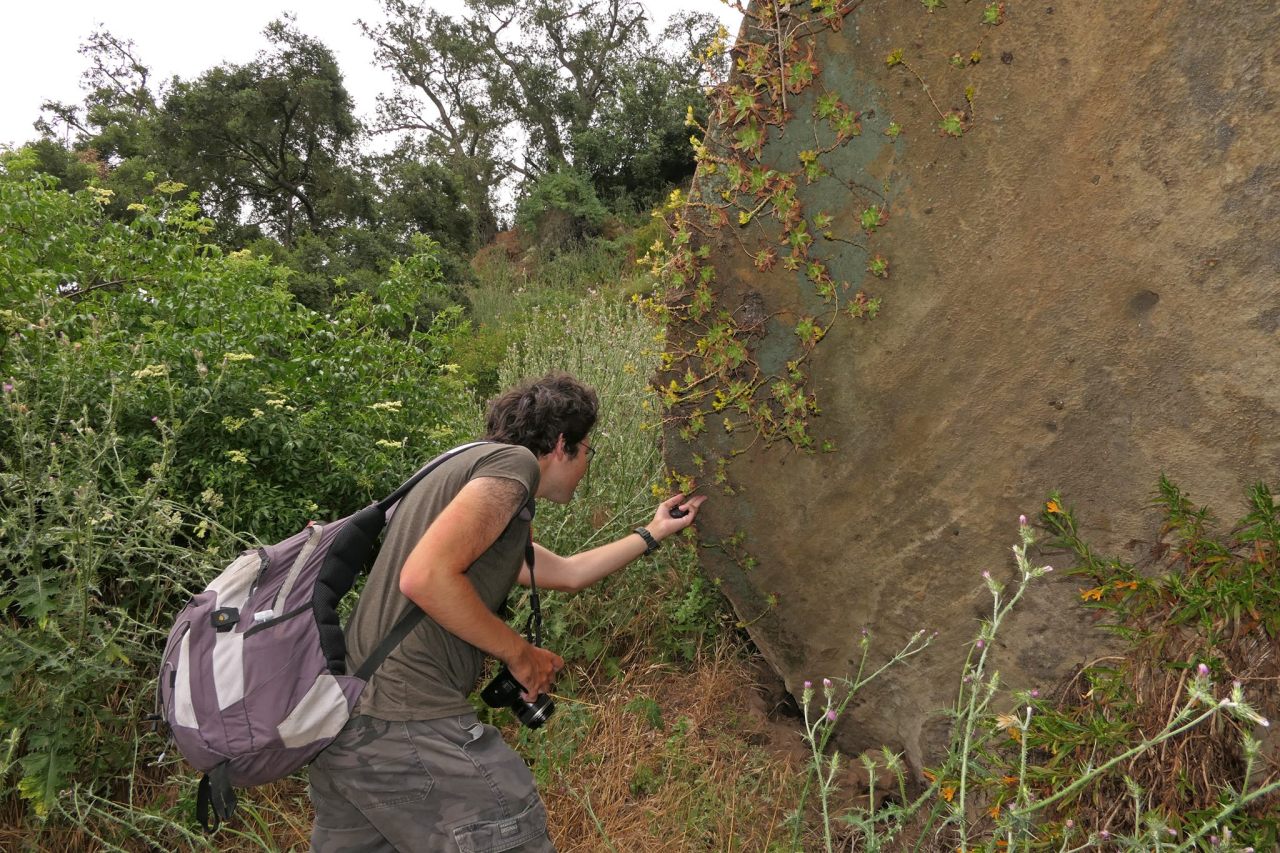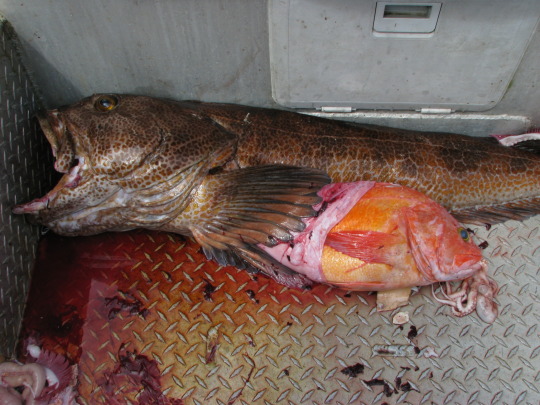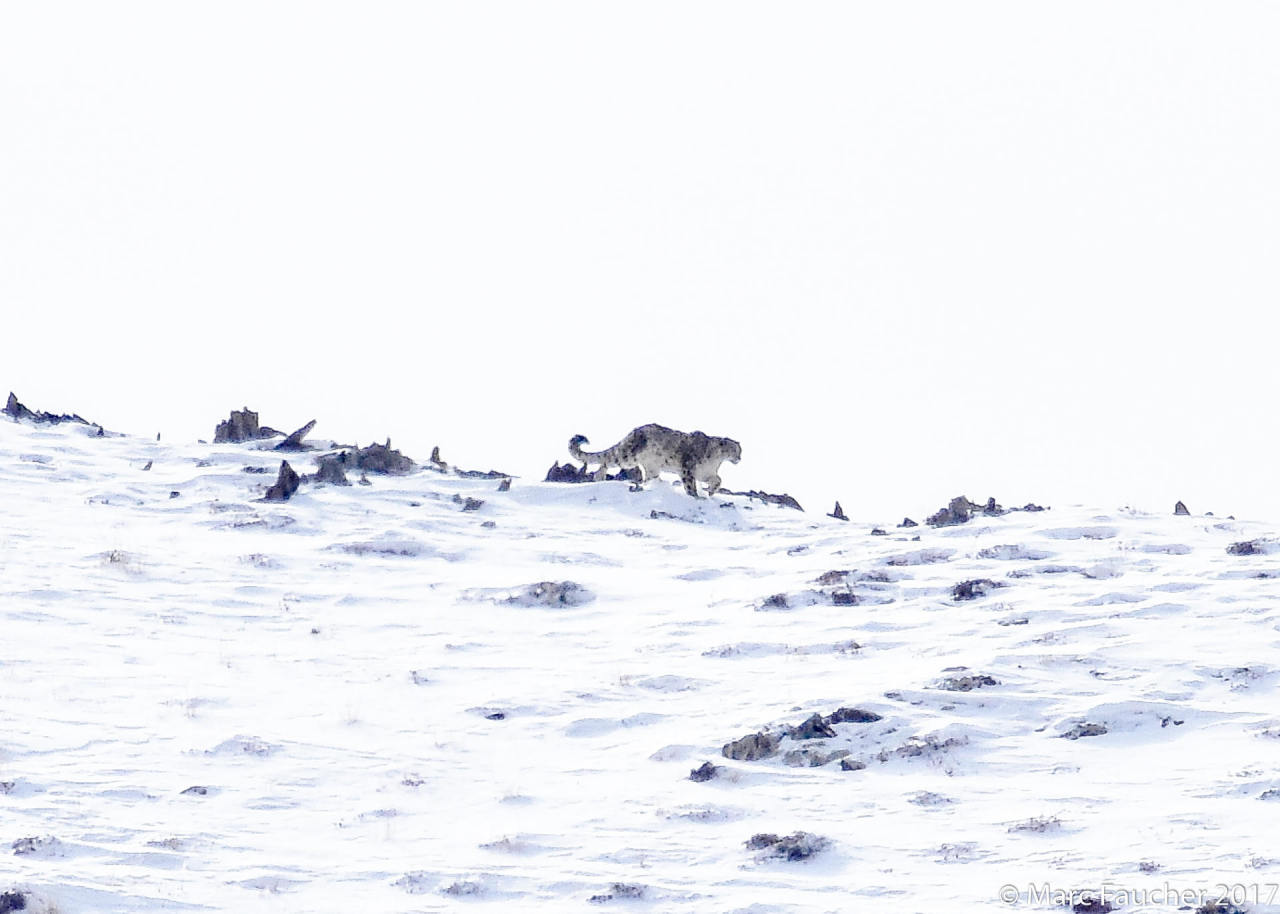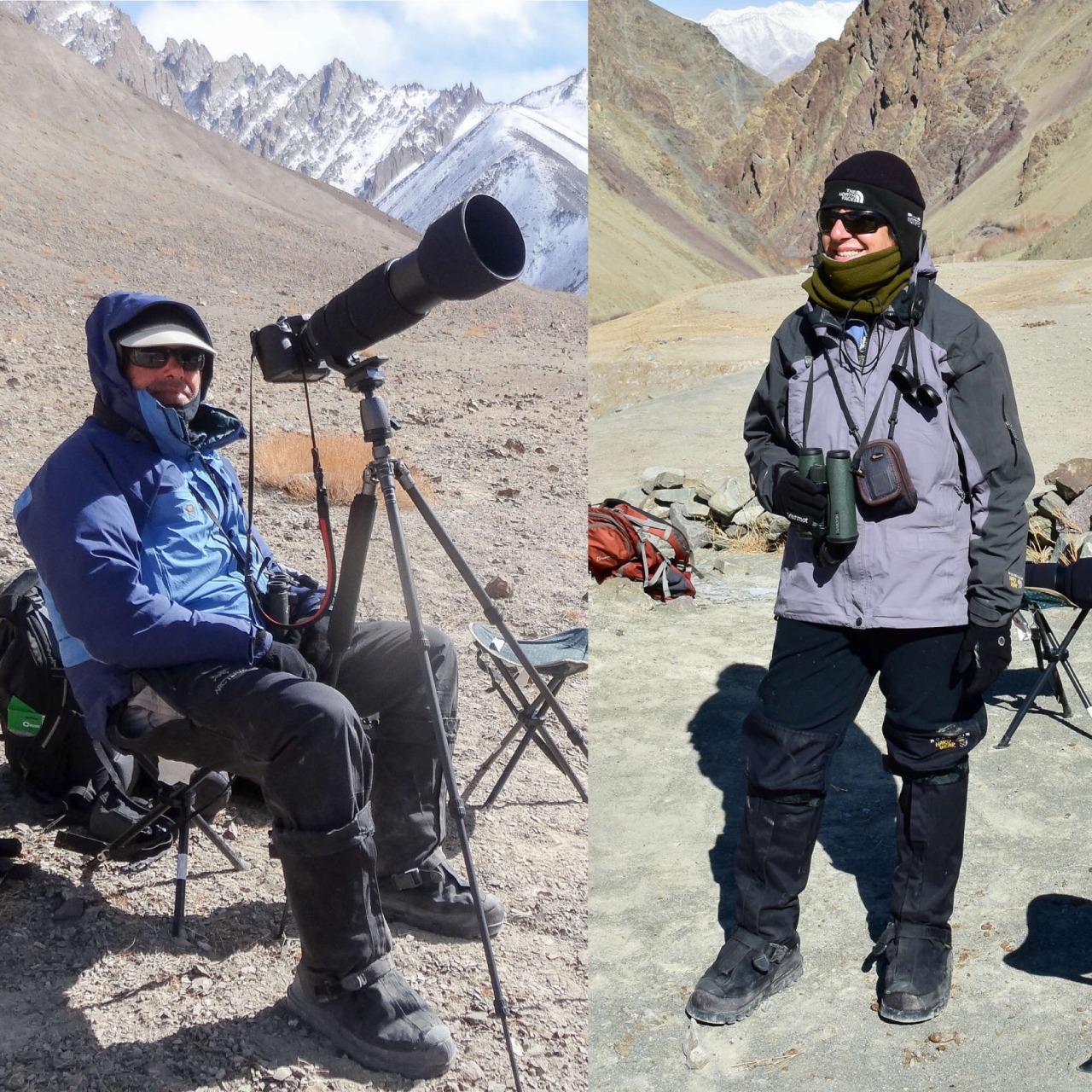Observation of the Week, 10/4/17

This owlfly larva, seen in Hong Kong’s Sha Tin district by @portioid, is our Observation of the Week!
“I was hiking up a monastery here in HK with my girlfriend, with my camera in my backpack, when she pointed to a small animal on the side of the track,” recalls portioid, describing the moment when he found the beast seen above. “I was only half-joking when I told her she discovered an alien, as I had absolutely no idea what it could be (normally I at least roughly know). At home, I guessed antlion, and later learned that something called an owlfly exists :)”
Owlflies and antlions are both families in the order Neuroptera, which also includes other cool families like lacewings and mantidflies, so portioid was pretty close to the mark here. And like the larvae of those families, owlfly larvae are predatory, possessing large mandibles, as you can clearly see from the photo! Adults are predatory as well, and look somewhat akin to dragonflies in what is believed to be a form of batesian mimicry. Big eyes and crepuscular habits are what garnered owlflies their common name.
portiod has recently rekindled his hobby of photographing small animals, telling me that he noticed some “cool wasps catching grasshoppers” while at the beach with some friends. “I accidentally discovered iNaturalist when looking for an ID,” he says, “and have been hooked ever since! This website is a long-hedged dream come true, and I'm convinced this is only the beginning. Fed up with having to use my phone camera, I invested in some semi-professional camera equipment.” He uses Canon’s MP-E65 at times, but says his Sigma 150mm “hits the sweet spot of catching small animals from 20cm to several meters away.” portioid also posts his photos under a Creative Commons license, explaining that “[photos locked up behind copyright] greatly harm science, art, and culture in general. I want everyone to be able to create new works, such as nature guides, without having to run after every single picture.”

“I'm kind of addicted to iNaturalist!” he admits. “It's a perfect place to organize observations; great people will help with identifications; I can revisit observations, getting a feeling for the species in the area, and learning the taxa. It gives me the feeling I'm part of something big: mapping Life on this planet. Also, I'm feeding the AI algorithm, I can't wait for it to grow up!”
- by Tony Iwane
- Check out portioid’s spectacular macro work on his Flickr photostream.
- Here are the top owlfly observations on iNat!
- Like the larvae of lacewings and antlions, some owlfly larvae attach detritus (like dead bodies) to themselves as a form of camouflage. Apparently, this strategy can be traced back to the Cretaceous period.













